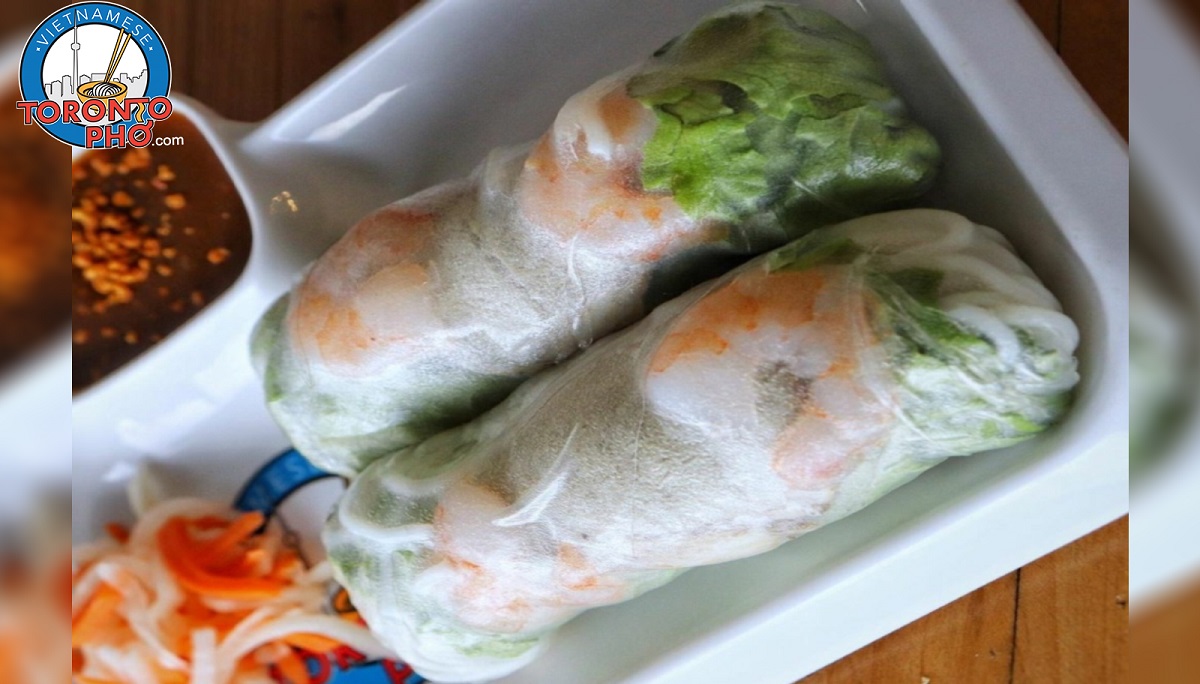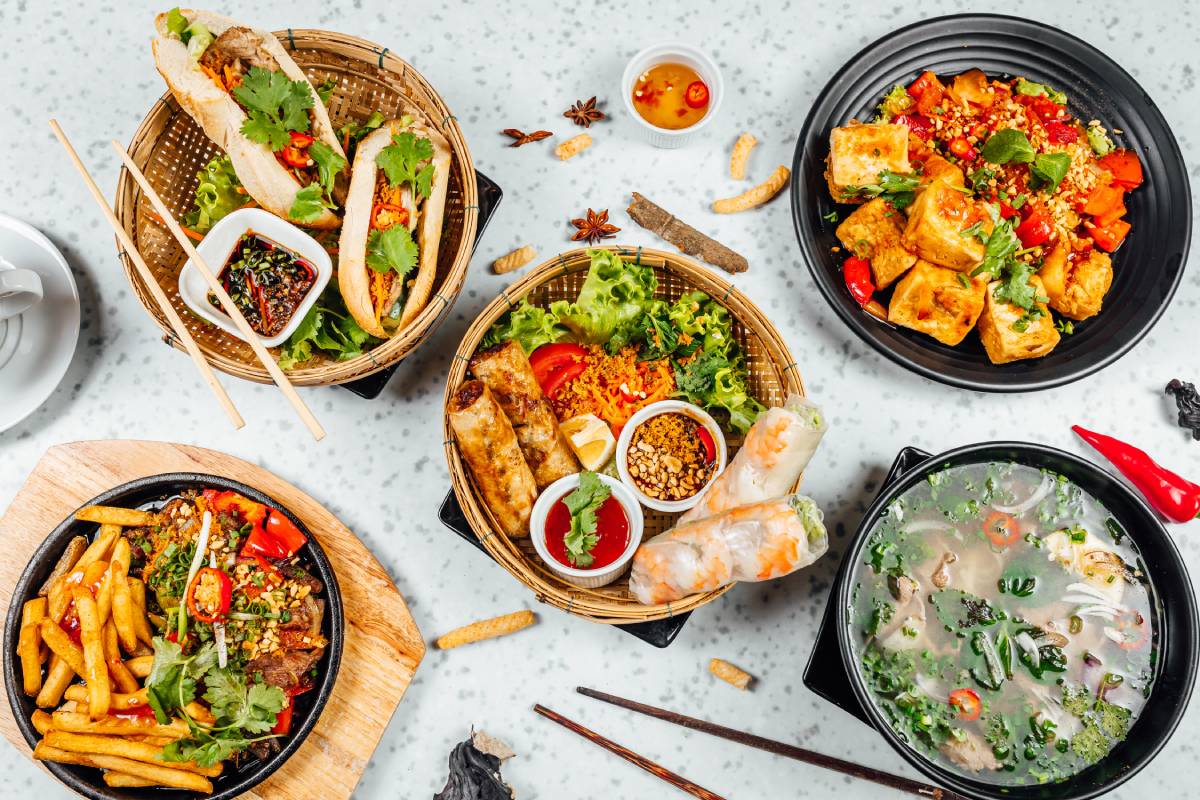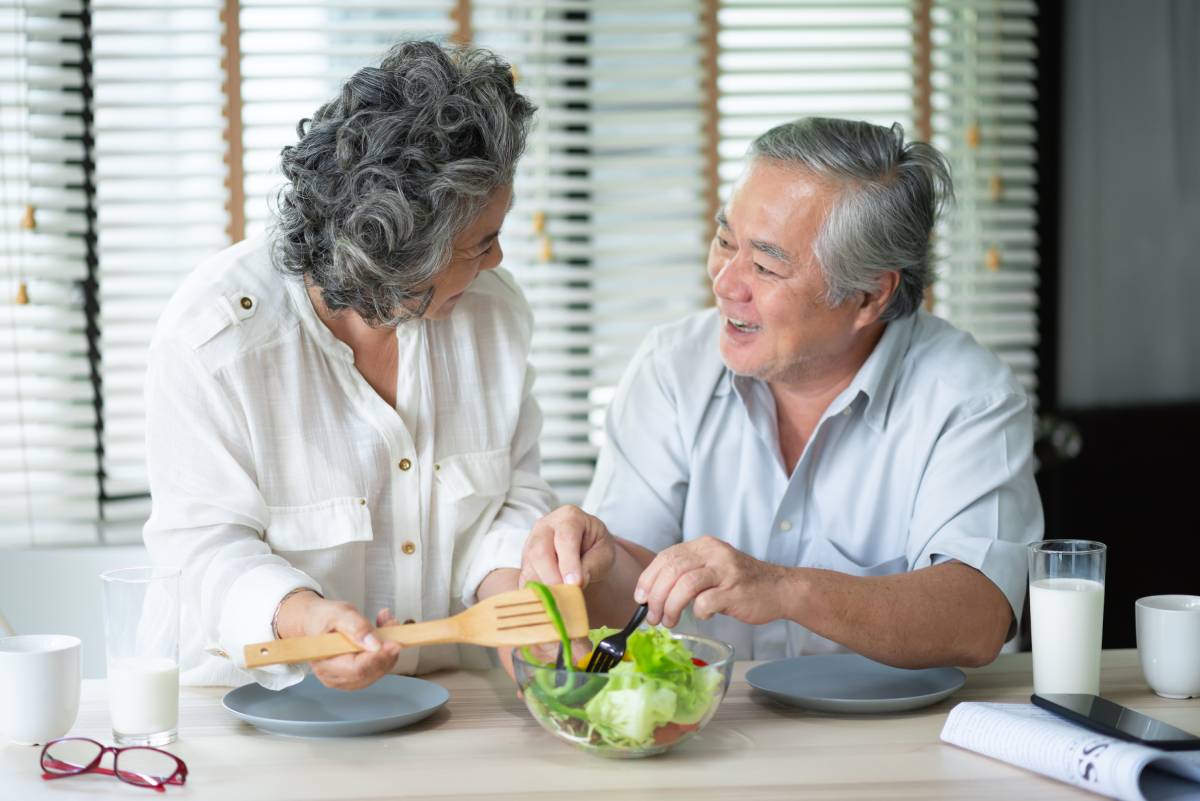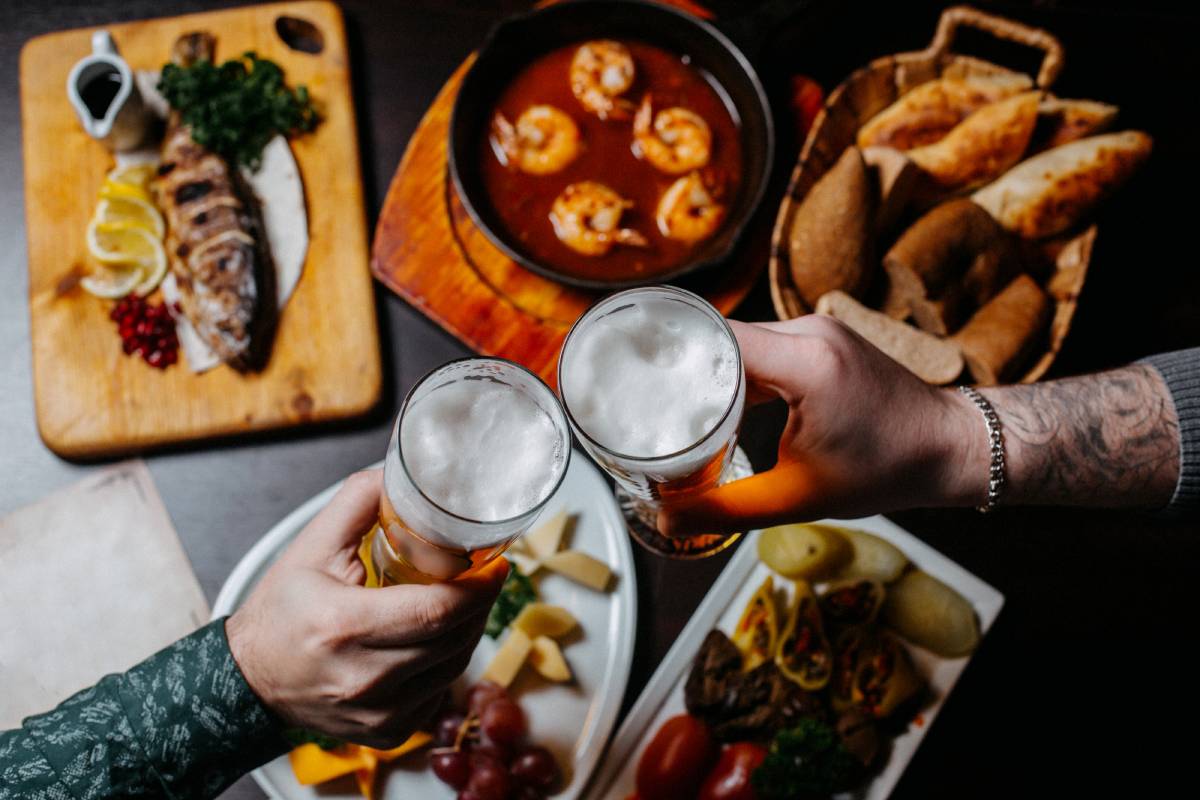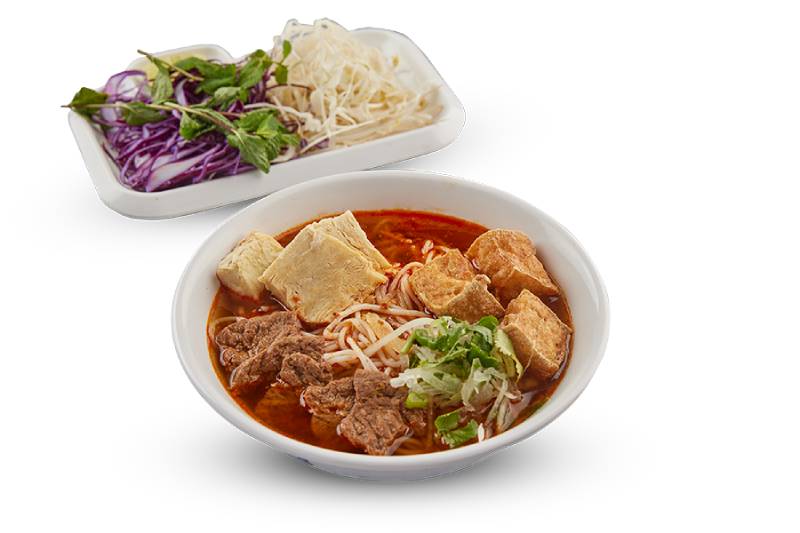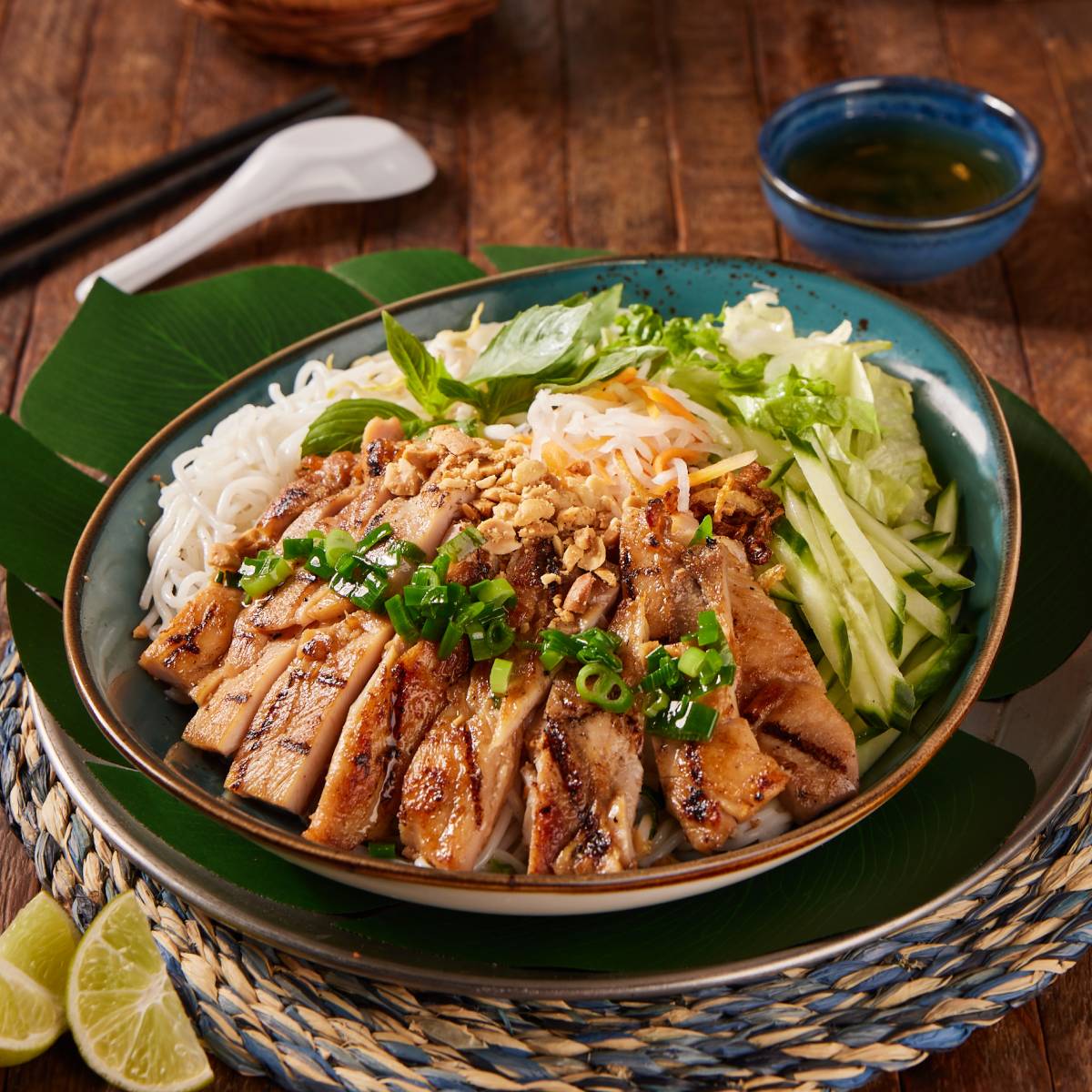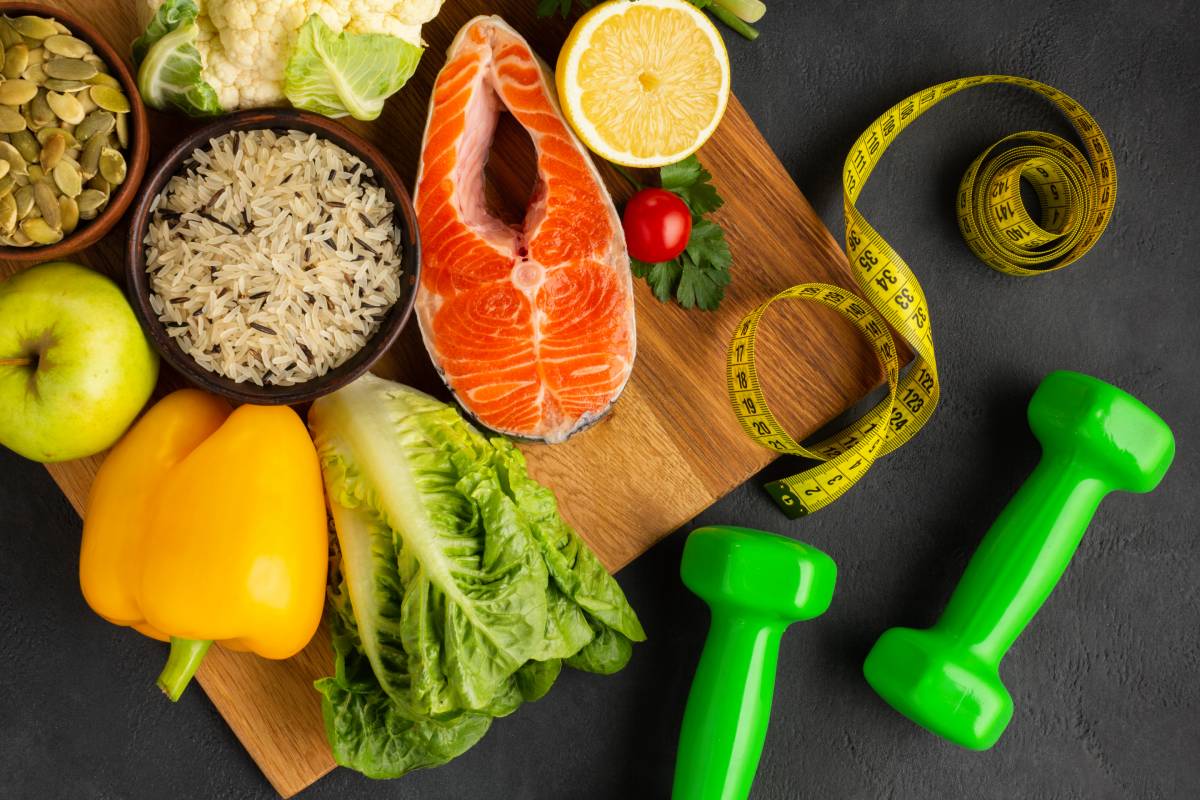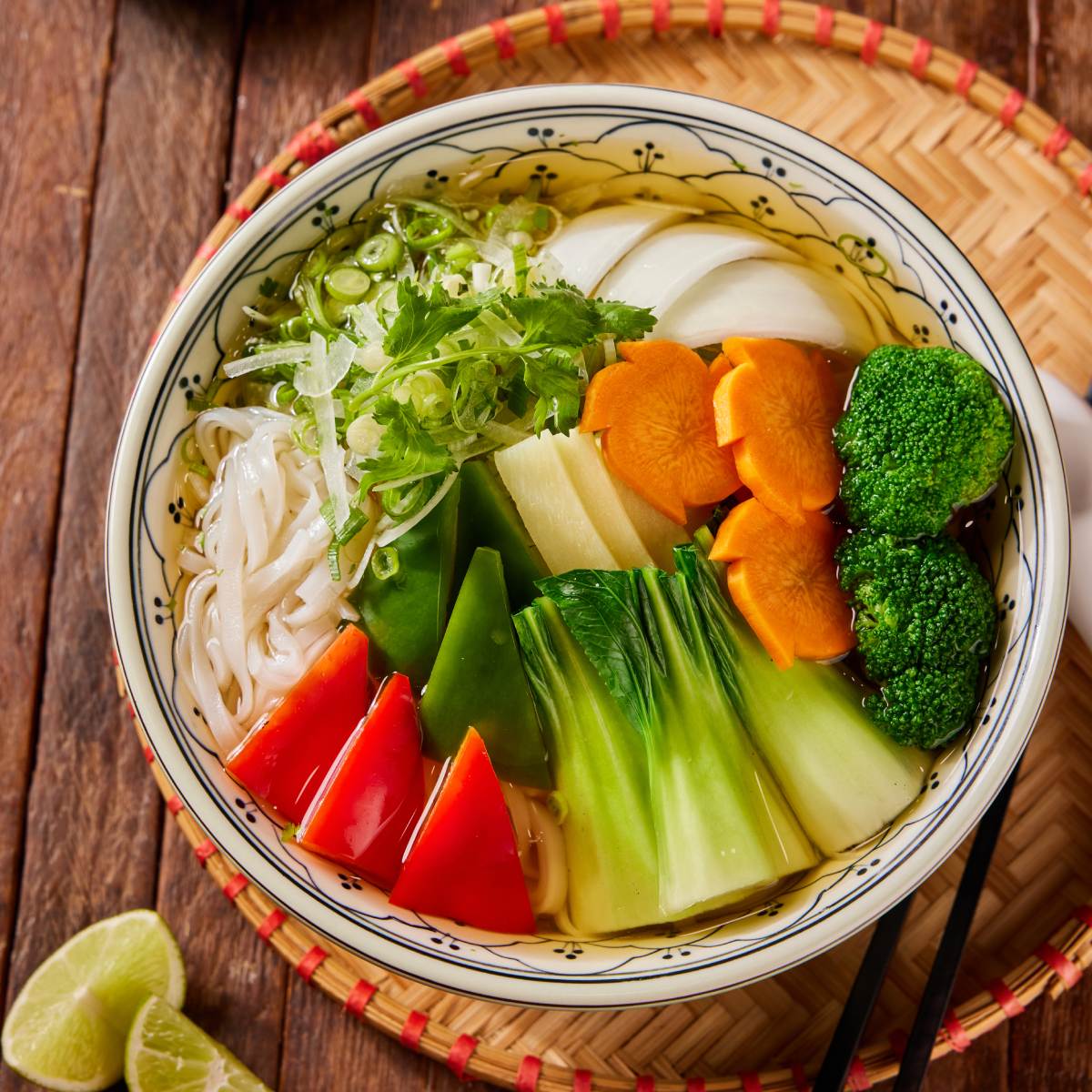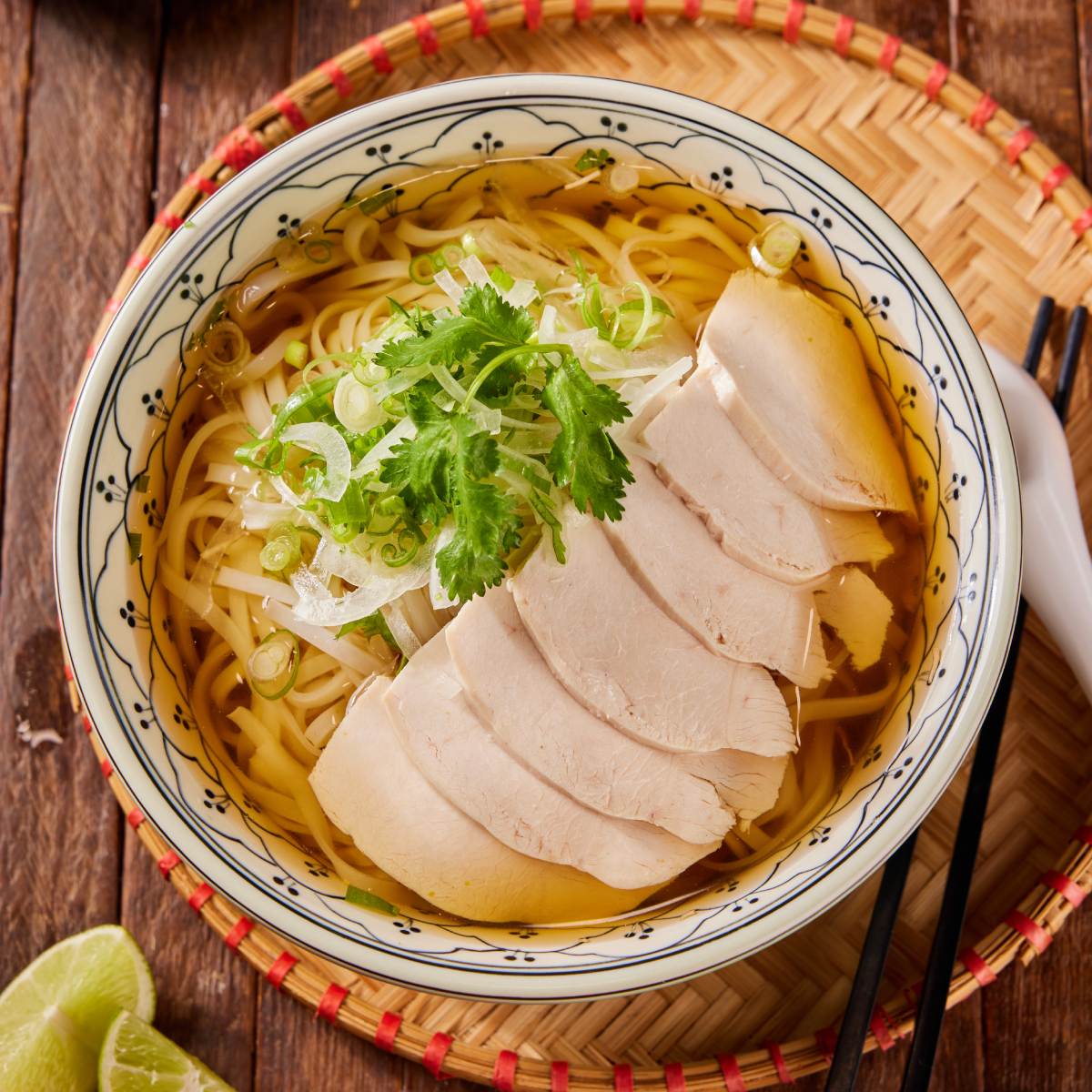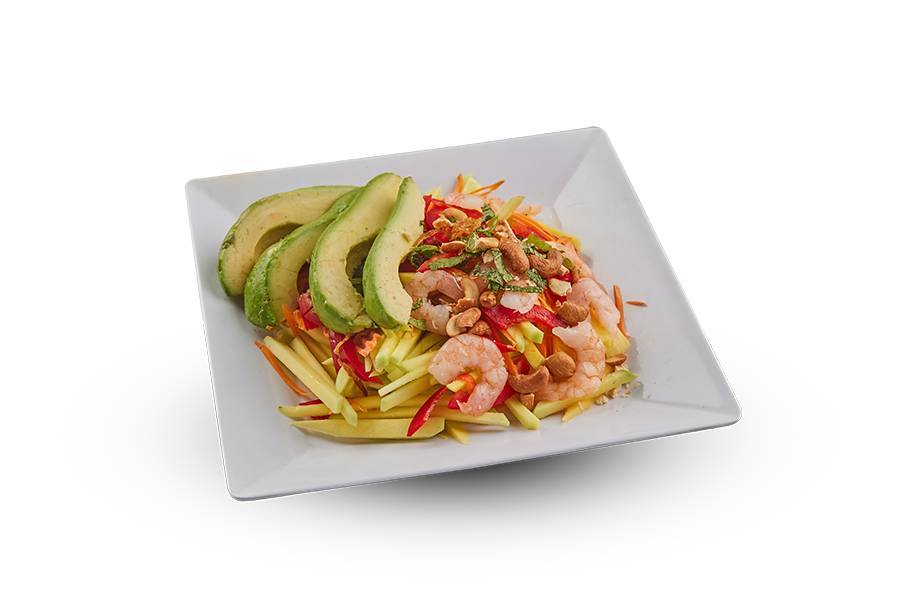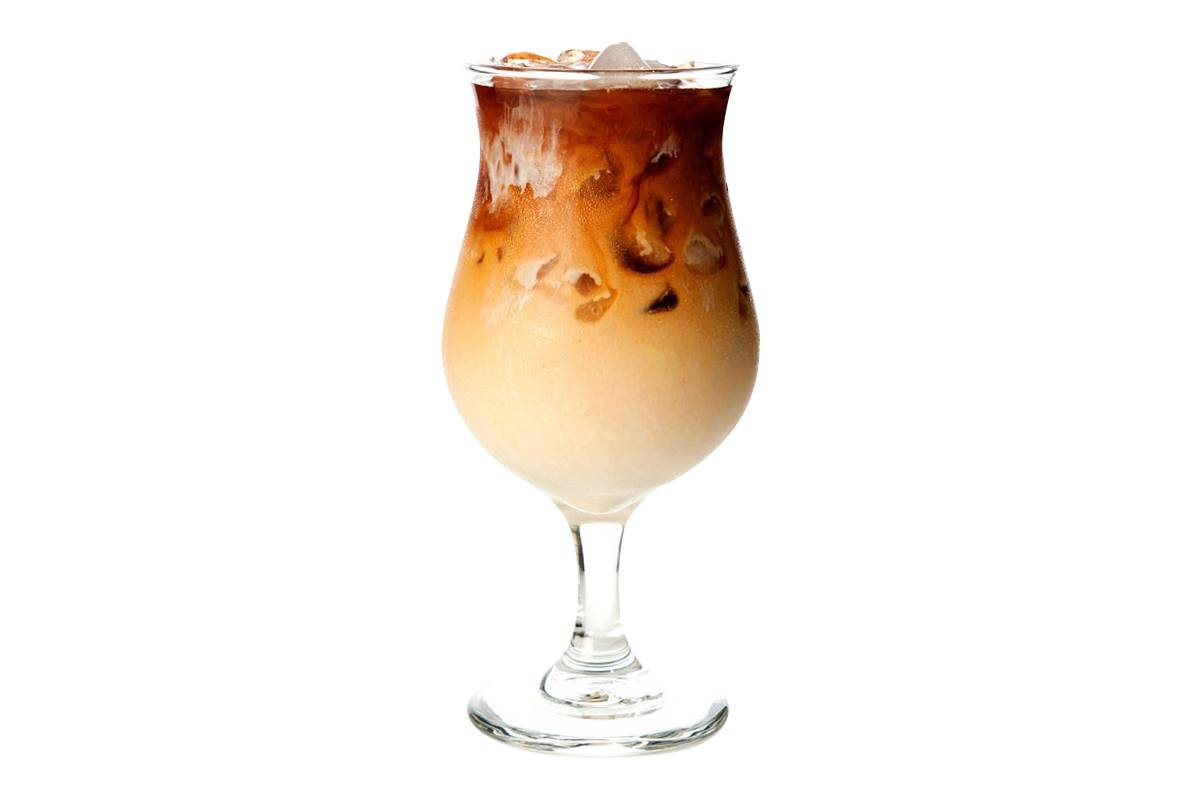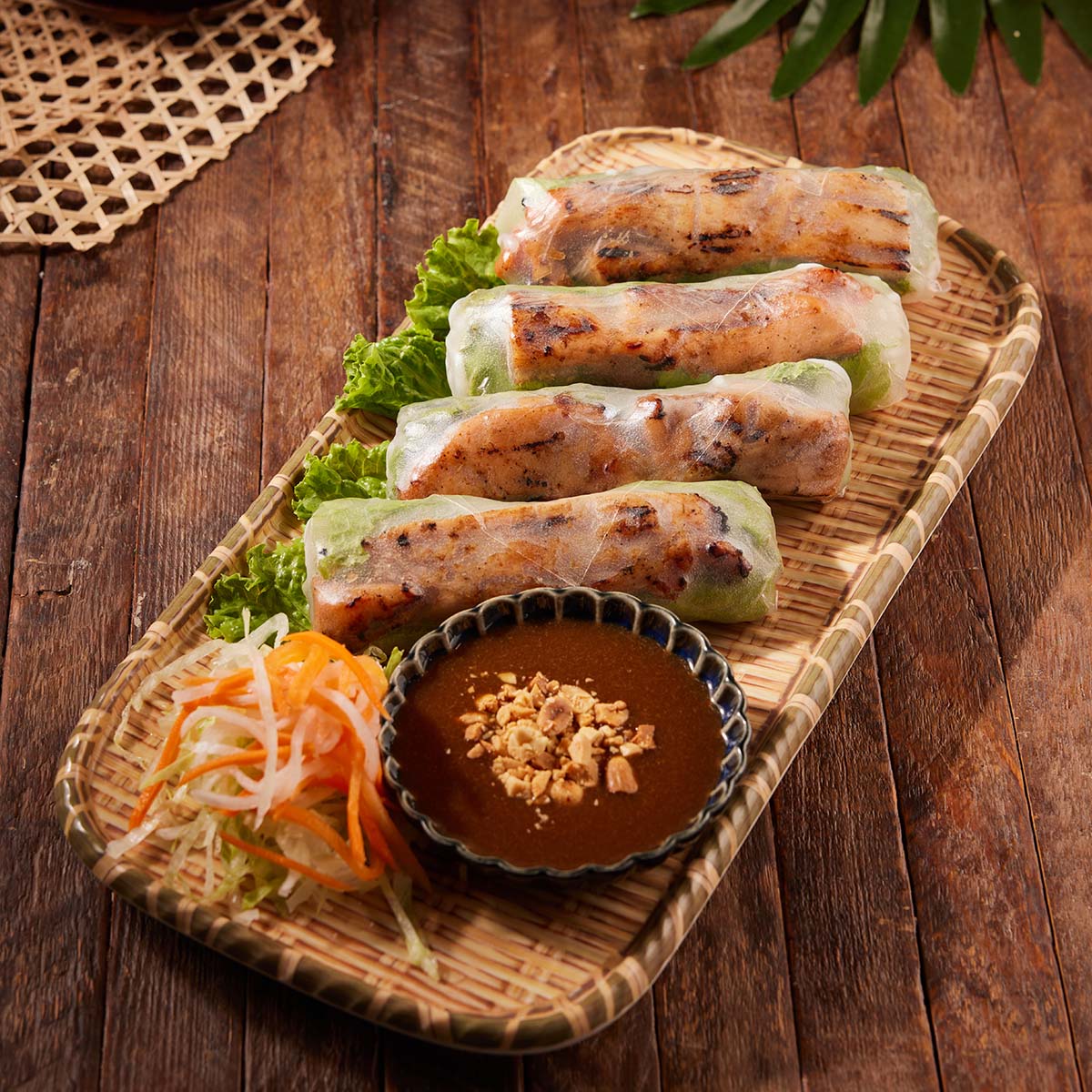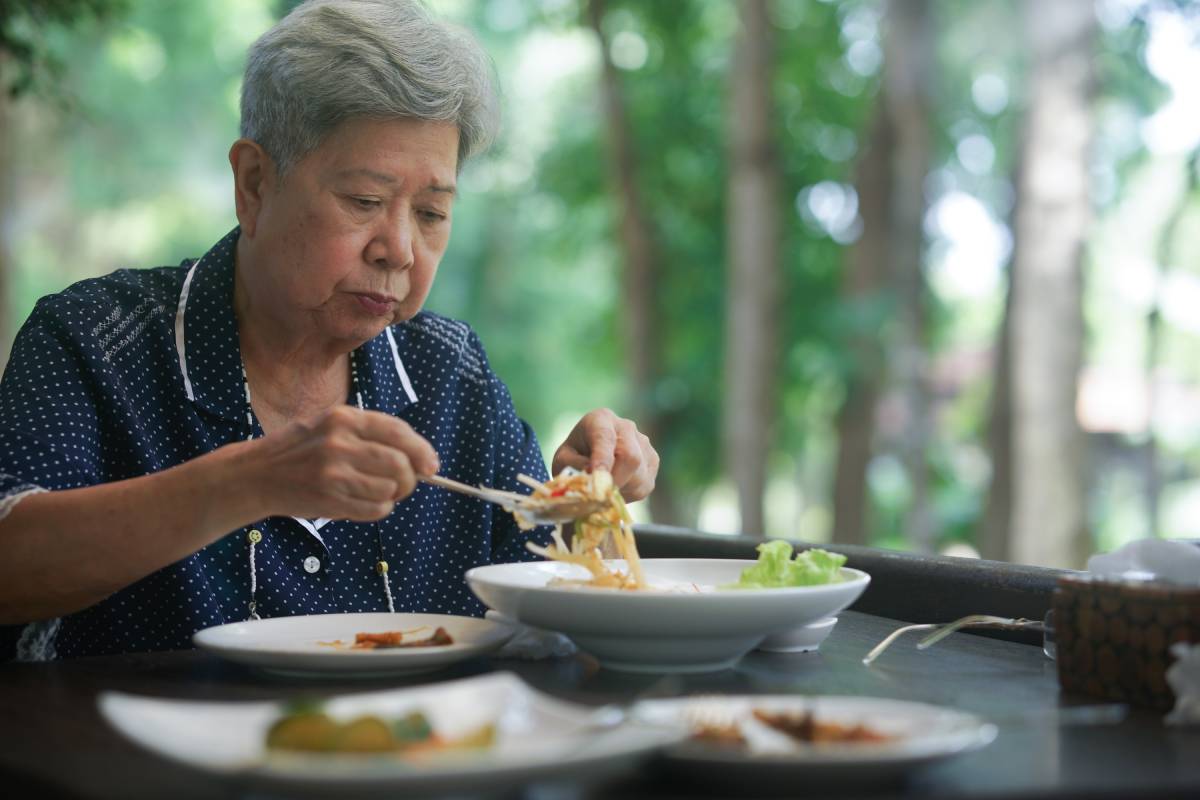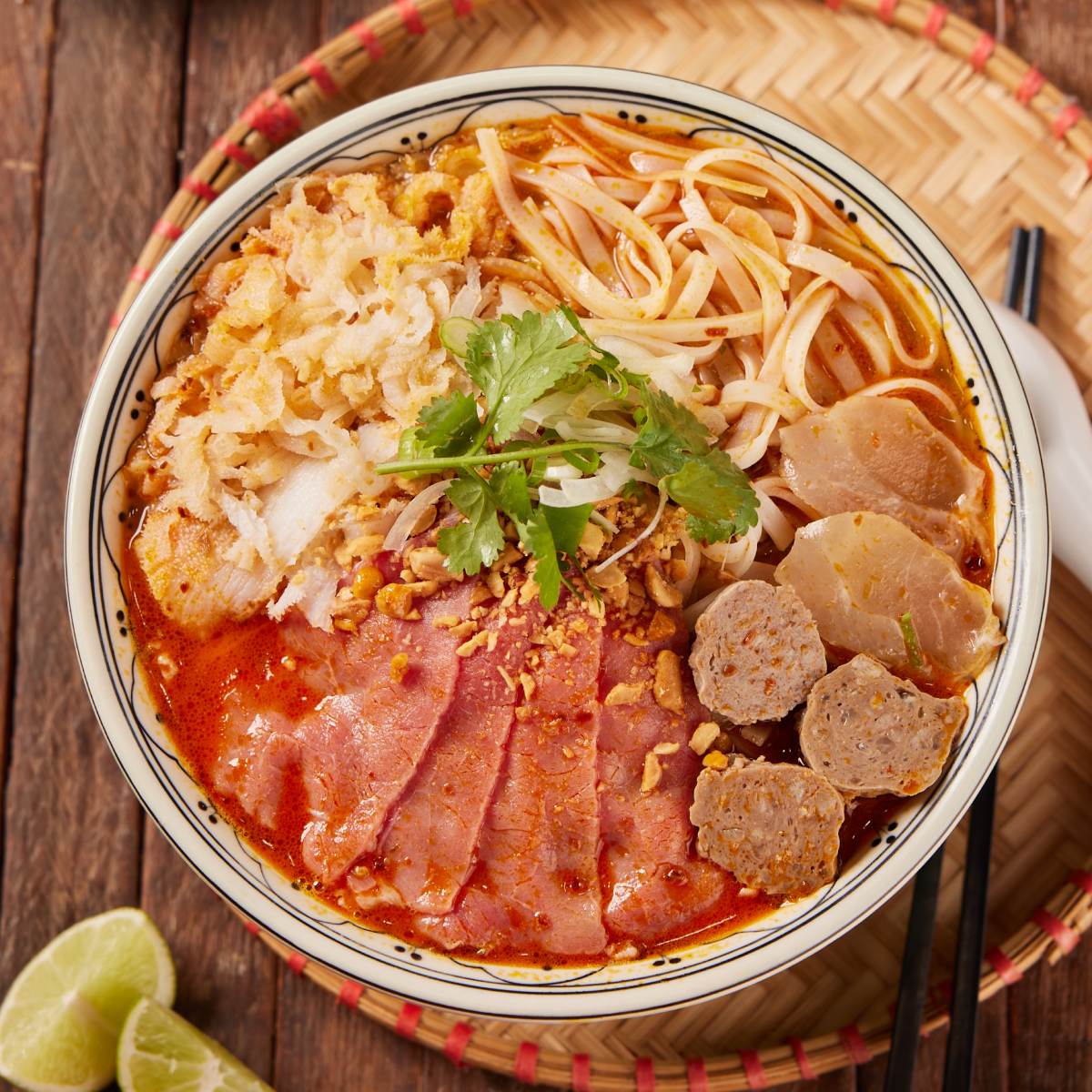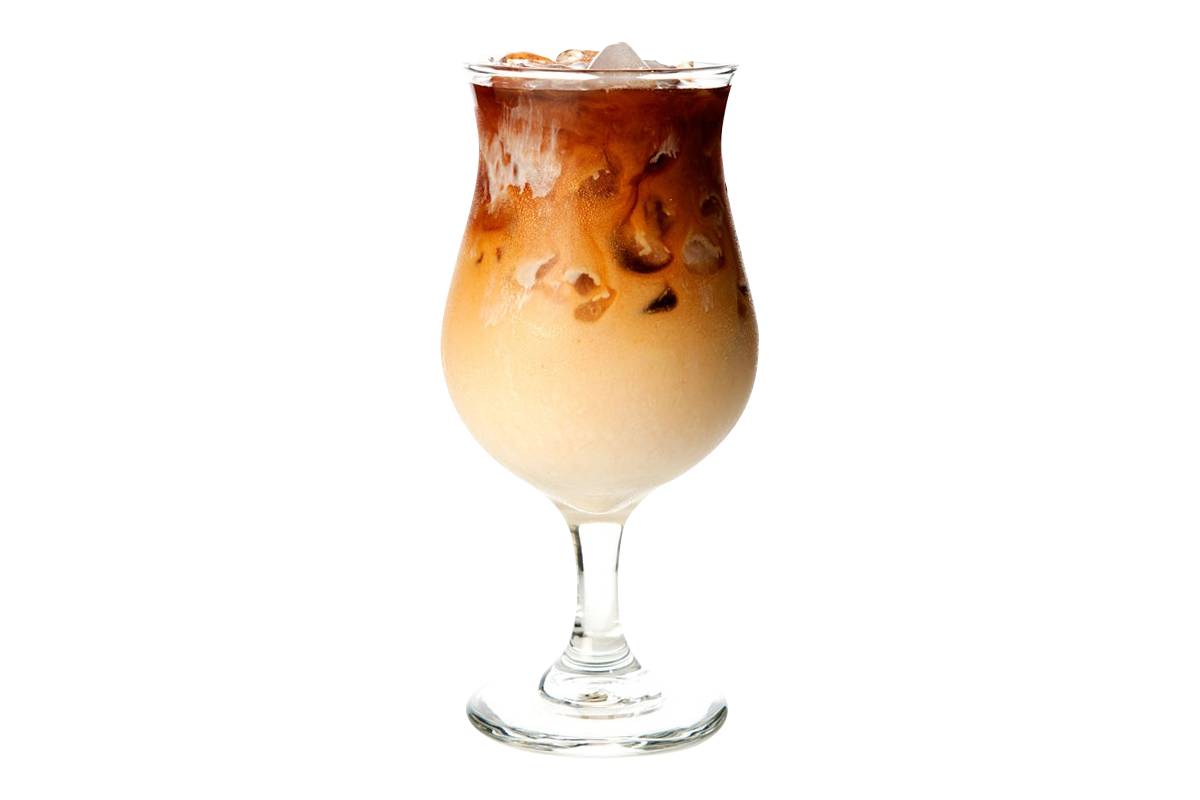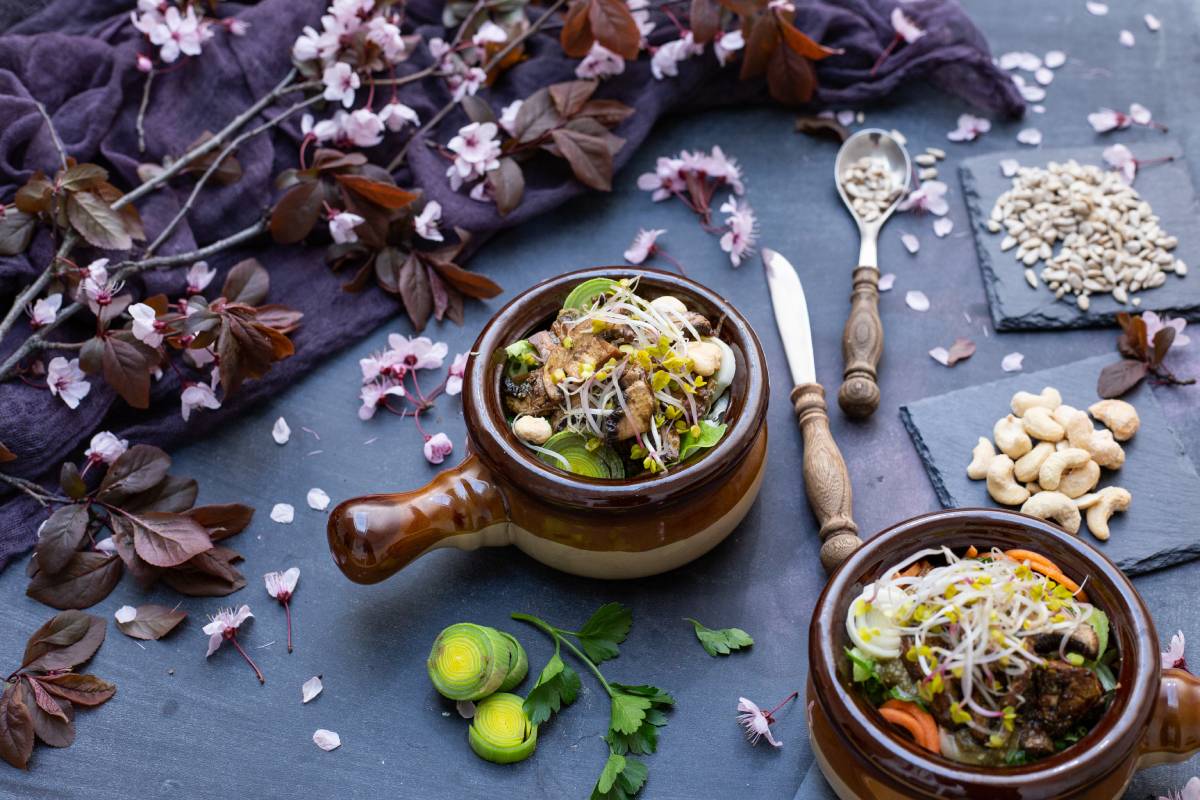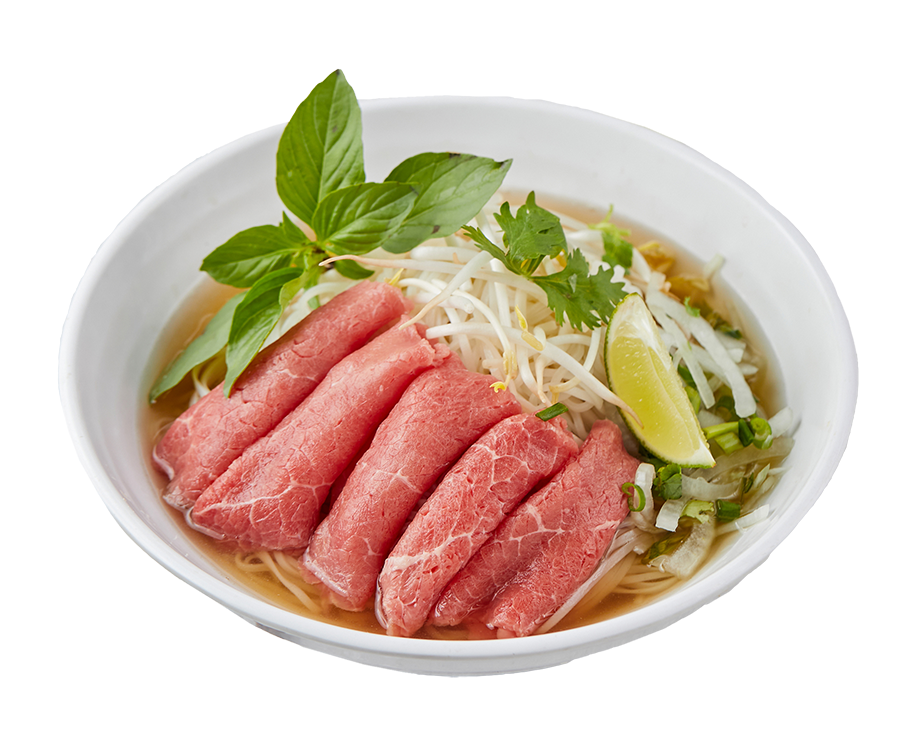Vietnamese cuisine is known for many things. Gluten-free dishes. Broth dishes like pho. Summer and spring rolls. Salted fish. Unique herbs and spices. Rice flour. There’s so much to appreciate about cooking, food preparation, and cultivation in this ethnic cuisine.
As tasty and healthy as it is, in Canada, we don’t often see or hear of edible flowers used in Vietnamese cooking. In Vietnam, however, they form a key component of a wide variety of dishes.
Flowers are seasoned and cooked in salads and soups to such an extent that Vietnam is recognized as the country with the most dishes made from flowers in the world. As of 2020, it’s a world record!
There are approximately 43 different flowers used in Vietnamese cuisine included in over 270 dishes.
Why Flowers
The use of flowers in Vietnamese cuisine comes from two philosophies. The first is that they’re edible. The second is that it’s our culture to ensure very little to nothing goes to waste. This is reflected in the way many homegrown dishes are prepared, including Vietnamese pho.
On top of the aforementioned cooking philosophies, flowers have a very special place in the culture. They are symbols. They often have a spiritual meaning. Flowers are written about in historical texts and are used frequently in artistic expression.
Throughout certain periods of history in Vietnam, the people didn’t always have money to buy fresh rice and meats. They could afford seeds though. So they grew fruits and flowers, and used leaves for spices. Some families would only eat meat on special occasions like New Year’s. As unbelievable as it may sound, generations have been bred off leaves, flowers, and anything a garden could grow.
A great example of this is the lotus flower. A symbol of purity and spirit in Buddhism, a symbol of integrity and morality in Confucianism, and recognized today for its aesthetic beautify, lotus leaves are used to perfume rice. It can be cooked to be crunchy, floury, or tender. It is a very common flower used in many Vietnamese dishes.
What Flowers Are Used in Vietnamese Cooking?
- Tonkin Jasmine flowers are used in traditional medicine and Vietnamese cooking. Freshwater crab and Tonkin Jasmine soup is the preferred way of using this flower. It’s a mild-tasting soup that many believe helps to reduce anxiety and promote better sleep.
- Cork flowers are a traditional Vietnamese flower that was once used in cork sour vegetables and cork porridge. It is used today more commonly to be taken with fish sauces, as a substitute for bean sprouts, and in sour soups.
- Sesbania Sesban flowers are found along southern Vietnamese river banks. They’re prepared in a salad with accompanying meats like shrimp and pork. The salad is often sour, sweet, bitter, and always with a crispy texture.
- Shallot flowers, aka chives, are eaten in soup and is a favourite addition to vegetarian Vietnamese eats. It is also eaten in sauces with chicken and saffron, and is often recommended as a cough suppressant.
- Daylily blossoms are exquisite to look at and are also edible. They’re sautéed in garlic, vegetable oil, and herbs. The result is a meal often asparagus-tasting. Mild and sweet, they’re also easily included in garlic and vegetable oil.
- Lily flowers are used more commonly in Chinese cooking but they get some use in Vietnamese cuisine as well. Once dried, they are added to soup with mushrooms or chicken stews. They can also be eaten raw with sauce stock, used in salads, or soaked in vinegar to create a sour vegetable dish.
- Fragrant cynanthe is a type of fuzzy weed. Its leaves and flowers are taken and used in fragrant cynanthe soup. In this soup, it’s a mix of pork and paste. Sometimes, crab is added. Fragrant cynanthe also complements beef and ginger incredibly well.
- Squash blossoms are picked in bundles during summer to ensure the plant bears fruit. They’re usually fried and are most popularly prepared as shrimp-stuffed deep-fried blossoms. When fried in hot oil, they become very crispy.
- Chopstick flowers come from chopstick trees. Though it tastes bitter fresh, it is also sweet. Chopstick flowers are used in chopstick flower sour soup and linh fish. It mixes well with herbs, fried garlic, and chili.
- Banana blossoms are eaten as a side dish to many Vietnamese noodle dishes. They’re cooked or sliced into long strips and dipped into hot soup. Banana blossoms salad is a favourite come summer, blending it with other herbs and lemon juice for the perfect summer salad.
There are dozens of other flowers used in Vietnamese cuisine, including pumpkin flowers, sadao flowers, fig flowers, telosma cordata, loopah flowers, and more. They work with meats. They can be delivered in salads. They can be boiled into teas in some cases. There are many, many ways flowers find use in this cuisine.
Edible Flowers to Create Signature Dishes
Apart from the reasons mentioned, flowers are often used by street vendors and Vietnamese restaurants to arrive at signature dishes.
When preparing food, there are many different ways to customize something. For better or for worse though, almost everything has been done.
To achieve the best taste of something like chicken or beef, or a soup, or a salad, it takes a lot of concentration ensuring each individual component is prepared in the most delicious way possible.
When we enter in herbs, spices, and flowers, we throw some chaos into the mix. This is a good thing for the experienced chef. Vietnamese cooking requires balance and so a chef must appropriate the right herbs and ingredients to achieve optimum taste.
In North America, we are used to eating herbs and spices. Flowers, however, are less common.
This is a large part of why Toronto Vietnamese restaurants rarely use flowers in their cooking. It simply doesn’t sell. The taste in many cases – whether it’s sweet or sour – can be achieved via standard American-familiarized spices.
This isn’t the case for the entire world though. Some cultures have at least one or two dishes that use edible flowers. Japanese cuisine will fry up marble leaves to eat individually. Even French cuisine uses artichoke flowers cooked with beef for a supreme dinner dish.
There’s nothing like what Vietnamese cuisine does with flowers. Edible flowers have a special place in our hearts.
Are There Flowers in My Vietnamese Pho?
Although herbs are most certainly used in pho, you won’t find any flowers used in it. The edible flowers mentioned are best prepared fresh.
Unfortunately, once picked, they don’t hold their freshness for very long. Alternatively, herbs and vegetables do.
When we come to make Vietnamese pho in Toronto, freshness always factors in.
To prepare a high-quality Vietnamese dish, we have to use the freshest and most natural ingredients. In procuring flowers from Vietnam, by the time they reach our countertops, they would already be significantly discounted in terms of their nutritious value and the taste they would bring to a meal.
What you will find in pho are herbs like Thai basil, ginger, bean sprouts, garlic, and others. This is what most Canadians are used to and the same can be said for a lot of Vietnamese. Flowers typically are used in alternative soups and salads, and dishes that are focused specifically on highlighting the unique tastes of the plant.
Combining Canadian and Vietnamese cuisine, TorontoPHO is more than another Toronto restaurant with ‘pho’ in the name. We do Vietnamese cooking right. Catch authentically-prepared dishes from pho to stir fry dishes, salads, rice dishes, and so much more. See must-trys from across the Vietnamese region brought to Canada and spiced just right. For a true Vietnamese restaurant experience, visit TorontoPHO today or put in a delivery order and we’ll drop it off at your front door contact-free!
Looking for Pho near me? Look no further, Toronto Pho is a family-owned restaurant serving the best pho and late night eats. With 4 locations across Ontario, we offer fast delivery and online ordering for pickup or delivery through our easy to use app available for both Android and iPhone smart phones.

